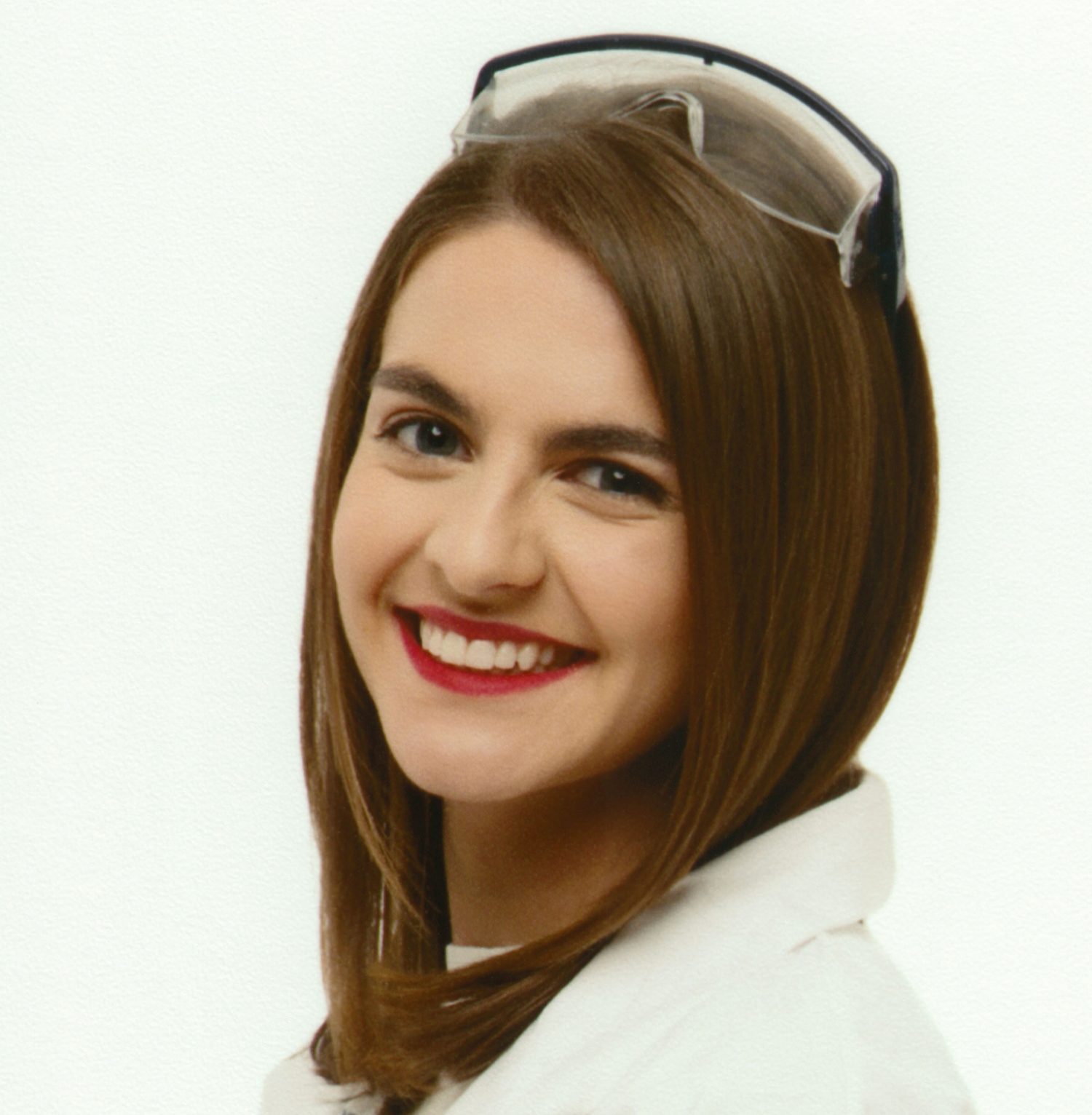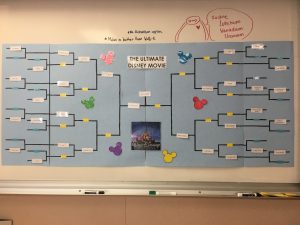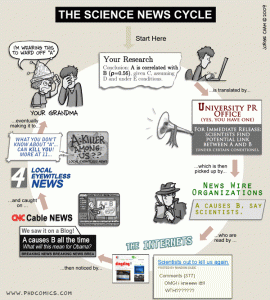I was very fortunate to be able to do my Community Field Experience at an educational services center. The best way I can describe the center is as a private personalized alternative school. The teachers and tutors are focused on providing holistic learning that is personalized for each student either in tutoring sessions or in small classes. They take great pride in providing a personalized education for their students. This is something that I truly admire and was taken aback by this week.
One of my goals as a teacher is to be able to personalize the education I provide my students. I had done so in my classes by determining student learning styles, their strengths and weaknesses, and likes and dislikes. I took this knowledge and tailored my lessons to include all aspects of learning styles, provided students on their strengths and weaknesses and areas for development, and attempted to include topics of interest. Yet with 30 students in each class, it is hard to make the lesson really personalized and ensure that each students needs are fully met. What was amazing about my CFE was that they truly embraced the true meaning of personalized education. Every student was known by the majority (if not all) of the staff: their strengths, areas to improve on and how to support them in their education. Their personalized education was rooted in strong supportive relationships between staff and students.
This is something that I have been very reflective of the last week. I spent the vast majority of my time in my long practicum building and maintaining relationships with students. I thought that I had done well, but after seeing the relationships that are present here, I believe that my relationships were not as strong as I had believed. My students knew that I cared about their well-being, that I was available for support, and that I wanted to help them learn and succeed. Yet I didn’t get to know my students – where they came from, their stories, successes, failures and how I can really be there for them. I am aware that being able to get to know each of my students on this level would require more time than I have and is not really feasible. I was inspired by the strong relationships to incorporate this into my future practice. I thought of many ways I could get to know my students better: entrance interviews, journal entries, more “ice breakers”, passion projects, and interest polls to name a few. I am excited to try these out, not all at once but to build them into my practice over time to see what works best for me and large numbers of students. This is all fine and dandy of course, but even if I was able to know my students better, how could I possibly personalize their education while also personalizing the experiences of every other student? This leads me to ask the question how personalized can education be in the public system?
After a lot of thinking and a few searches online, I decided that the best way to provide personalization is through choice. Mike Nagler below explains this well in the short video below using a pizza analogy (and who doesn’t love a good pizza analogy!). Choice allows students to personalize their own education. I am no longer the one to personalize, but rather the facilitator of personalization. The students are in control of their experiences and success, while I am there to guide and support their actions, thinking and learning. My goal is to provide students with choice and support to ensure that students are learning and growing. This will require communication between myself and my students, their teachers and parents. The students at my CFE school were given choice in their learning, guidance, and support, resulting in success in whatever form that may be for each student.
I am eager to be able to support my students learning with the strategies that I have learned here, and look forward to what next week brings!


